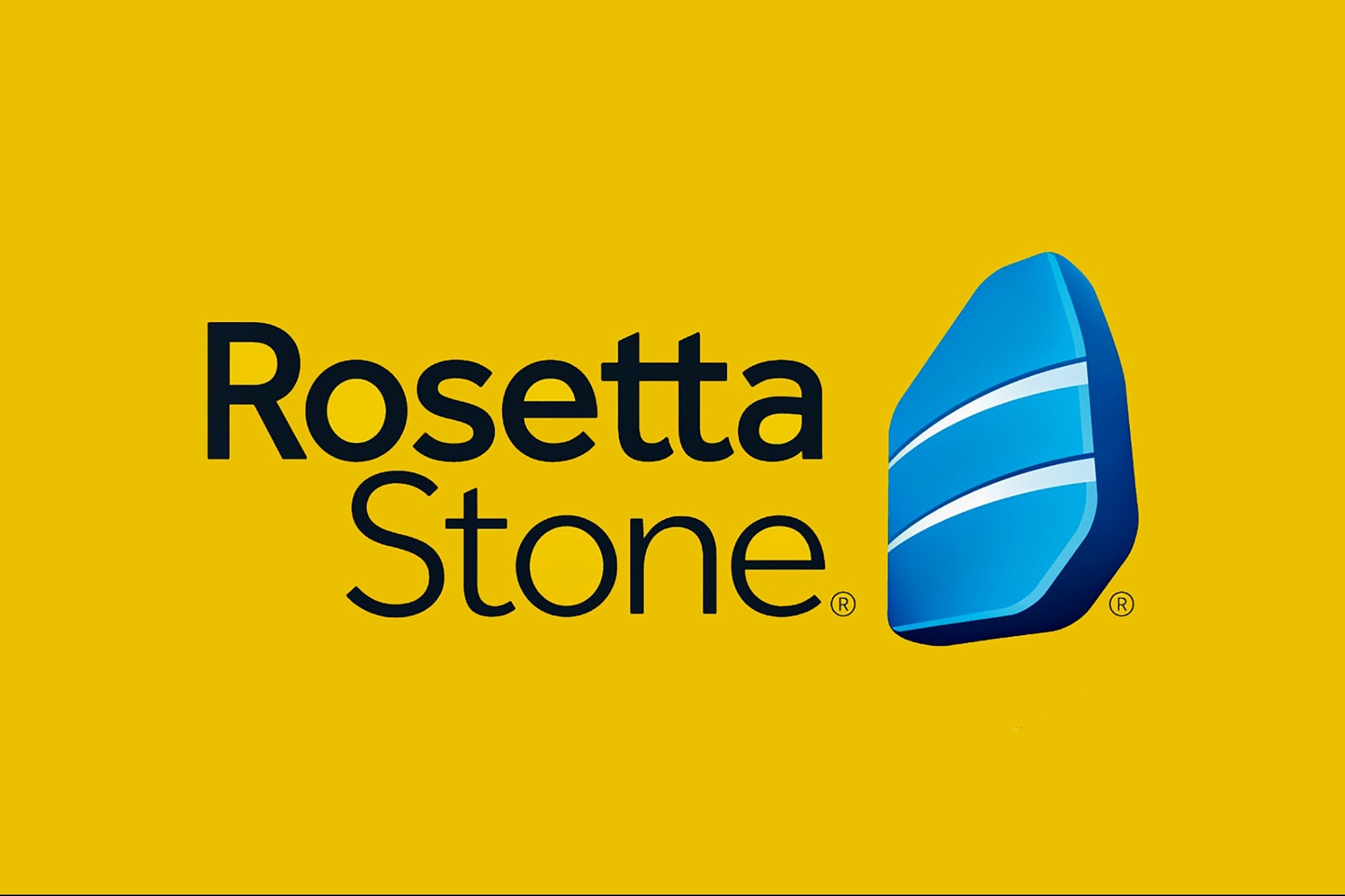Rosetta Stone Was In Trouble. Here's How I Found the Company's Competitive Advantage The company was once a leader. Then it fell behind. Here's how any leader can find new, overlooked opportunity.
By Matt Hulett
Opinions expressed by Entrepreneur contributors are their own.

You might have heard of Rosetta Stone—pioneers who created the world's first digital language-learning software. I joined the business in 2017 when the company was struggling to keep up with the times. Heck, it was basically still a perpetual software business.
Most of the investment in the language business was focused on the enterprise language-learning space. This market is much smaller than the consumer, K-to-12, and kids' markets. The company had focused on this segment because they believed that they weren't going to be successful in the direct-to-consumer space. There was concern about Duolingo's free product, which they feared was going to eat up all the market share. So the strategy was largely defensive.
To set the context, the addressable market for language learning is around $50 billion a year. The penetration of this market by digital products is still single digit. There are a lot of geographical differences as well as customer segments in the space, and you have to be very judicious to find your edge and market entry point.
It was clear that we were not very good at B2B and it was a smaller addressable market. We did a top-to-bottom review of the business in about ninety days and determined that the consumer market, especially in the US, was a better place to start. We also had ignored one of our biggest advantages: the brand. Rosetta Stone has 90-plus-percent brand awareness in the US. Despite this, we were not focused on the consumer at all. The team also did a ton of great customer research to ensure that we were validating our intuition concerning where to focus the business.
The way we approached it was to not just look at the TAM (total addressable market) and SAM (serviceable addressable market). We also wanted to identify any competitive advantage—and the main one was our brand. Once we locked in on the US language-learning market (which is about 20 percent of the overall market, with single-digits digital penetration), we then started to look at our market entry point. Our brand really stands for the gold standard in the space (or is it cooler to say the "Bitcoin standard"?). We wanted to identify a consumer segment that resonated with our brand attributes of being a premium and effective product.
Here is how we sliced up the market by psychographics. We looked at the North America language SAM and then did some deep customer research that showed there was a subset of this market that was perfect for our offering. Within this segment (which we nicknamed the Expressives), we identified three subsegments. Each had a different gender and personal bias, but all those segments were keen on our premium offering (I won't go into much detail on these segments—it's pretty proprietary).
Let's take a detour for a second and do a little Strategy 101 overview from the guru of strategy, Michael Porter. In his book Competitive Advantage: Creating and Sustaining Superior Performance, Porter says that for a horizontal (mass market) product, you have two possible strategies: a low-cost horizontal strategy or a premium differentiated strategy. We chose the latter.
Those consumers we call Expressives are willing to pay for a premium branded experience. We found that in the US, there were 65 million Expressives out of 165 million people who were the right opportunity for us.
Because we focused the strategy on creating a premium experience for our customers, our benchmark was never the number of subscribers or units; it was the highest lifetime value (LTV) growing at or above the revenue share growth rate. I ceded the unit share leadership to the low-cost differentiated competitor. There are free products like Duolingo that will naturally pursue that strategy.
We can debate whether Amazon's adage that "your margin is my opportunity" is correct, but I personally believe that a clear differentiated strategy with a brand that is aligned (with the right position and pricing) can be and has been a winning strategy.
The point is to identify how you're targeting the market—not just the whole addressable market but the part of the market that is serviceable. That enables you to delineate between features pricing and packaging and identify the right customer wants and needs for the particular market you're going after.
For more advice on finding your comparative advantage, you can find Matt Hulett's book Unlock on Amazon.











